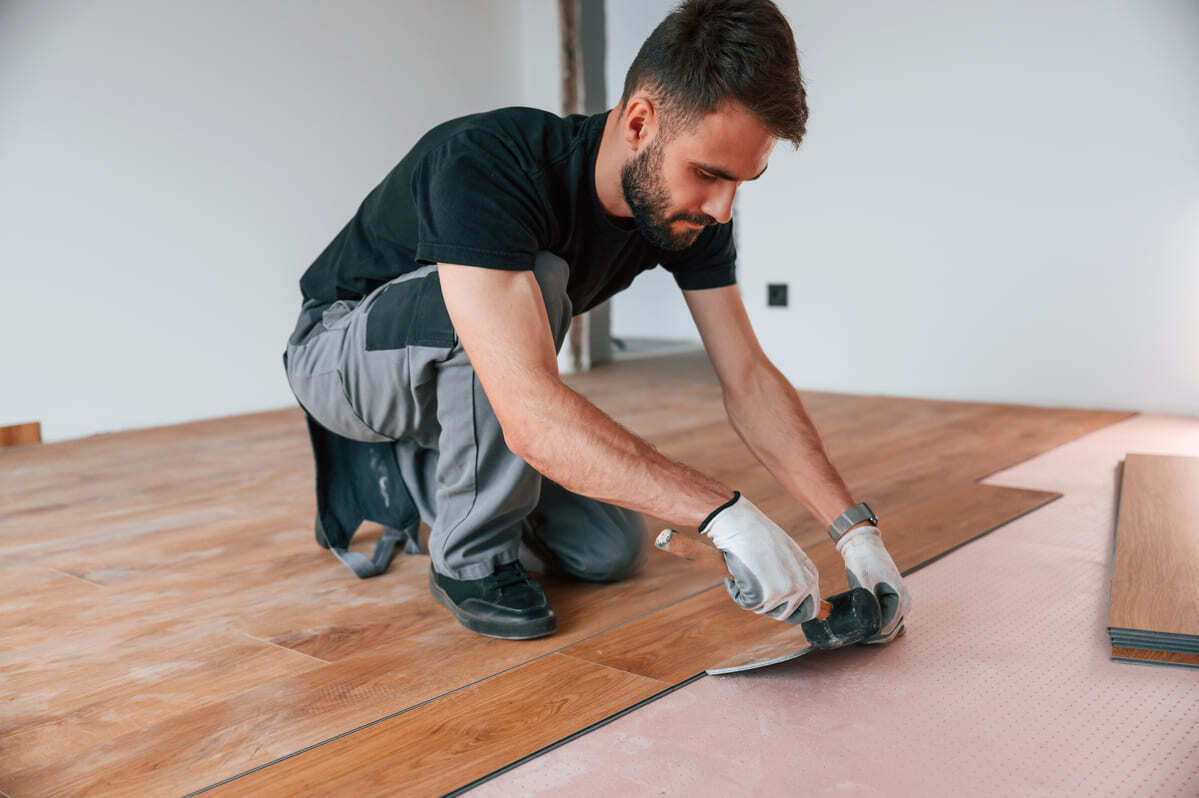 They come in all shapes and sizes: from tapers and pillars to votives and tealights and even flowers that float in shallow water. They come packaged in jars and containers and can emit such authentic aromas that you might think a cinnamon, apple or vanilla pastry is baking in the oven instead.
They come in all shapes and sizes: from tapers and pillars to votives and tealights and even flowers that float in shallow water. They come packaged in jars and containers and can emit such authentic aromas that you might think a cinnamon, apple or vanilla pastry is baking in the oven instead.
If you think that women gravitate to candles more than men, you're right: the National Candle Association says that 90 percent of all candles are purchased by women (with the remainder presumably purchased by men who know an ingratiating purchase when they see – or smell – one).
Nine out of 10 candle lovers say they burn candles to make a room feel more comfortable or cozy – and not just during the holidays. In fact, only 35 percent of all candle purchases are made during the latter portion of the year. Candles are most commonly placed in the living/family room, kitchen and bedroom, although one in five women say they use candles to decorate their yard or patio, too.
The prevalence of candles year-round also means that they present a safety hazard year-round. About 10,000 candle fires occur each year, mostly because of careless use, according to the National Fire Protection Association.
The home safety experts at Experts In Your Home believe that you can extinguish the risk of a candle fire by taking some sensible precautions before, during and after you decide to set your home aglow with these home tips for candle safety:
Before the burn
- Check the batteries in your smoke alarms and replace them if you haven't done so in the last year.
- Trim candle wicks to ¼ inch to reduce flare-ups and uneven burning.
- Place candles on even, sturdy and heat-resistant surfaces
- Place candles far out of the reach (and jump path) of children and pets.
- Place candles at least 1 foot out of the range of other objects. It's sometimes easy to forget that even a tiny tealight flame can set off a ferocious fire in a matter of seconds. Survey the area around a candle, realizing that anything that comes into contact with the flame – or falls into it – can ignite a fire.
- Place candles out of the path of drafts from doors, windows, vents and fans to prevent flare-ups.
- Keep candles at least 4 inches apart so that the flames don't cross.
During the burn
- Burn candles in a well-ventilated area. Burning too many can noticeably stifle your oxygen supply (meaning that you may have to either extinguish some candles or crack open a window).
- Never use a candle as a nightlight. You should extinguish candles before going to bed so that you can respond quickly in case of an emergency.
- Be judicious about using candles during a power outage. They might provide moderate light in the kitchen or family room – on counters and other solid, out-of-the-way surfaces – but shouldn't be carried throughout a dark house. Flashlights are a better choice.
- Extinguish a candle if the flame suddenly shoots up or flickers erratically.
After the burn
- Ideally, use a candle snuffer to extinguish candles. Blowing on them is faster, but it can result in splattered wax and even fire.
- If a small fire does erupt, don't throw water on it; use sodium bicarbonate instead. More commonly known as baking soda, it is the primary ingredient in many fire extinguishers. Of course, it is always a good idea to have a fire extinguisher on hand and ready.
- Give a candle time to cool down before touching or moving it.
Keep your safety top-of-mind the day after you burn candles, when you're likely to find some hardened wax at the base of candle holders. Rather than use a sharp knife or even your fingers to pry it loose, place the holder in the freezer for at least an hour. Turn the holder upside on a towel, tap it gently several times and watch the hard wax drop away before your eyes.
You might positively light up to know that this handy tip came not just from any Experts In Your Home home safety expert but from a valued female staff member, who, like others of her gender, knows quite a bit about candles.
We hope these home tips for candle safety have been helpful. For more on home safety download the free eBook below:








